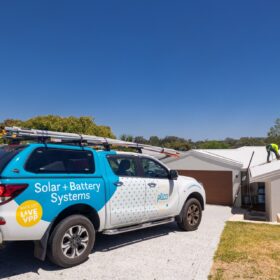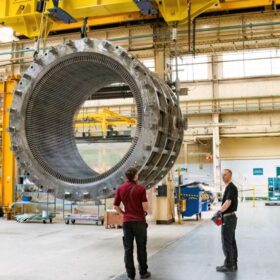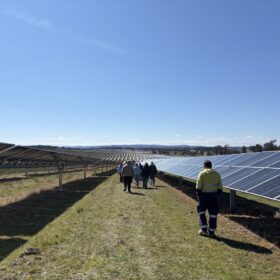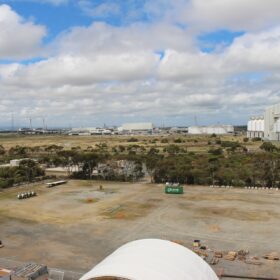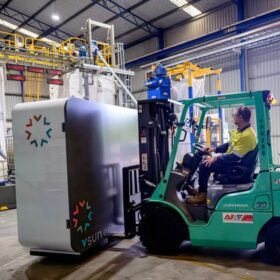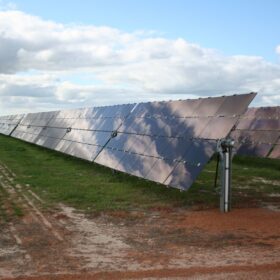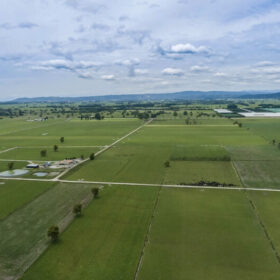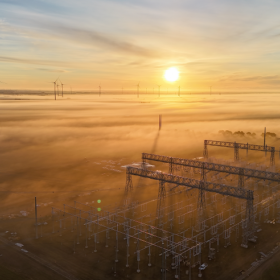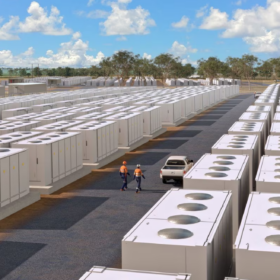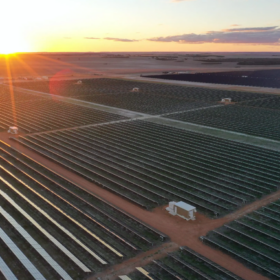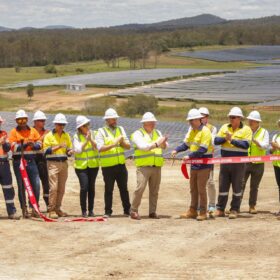Plico eyes national rooftop solar and storage rollout with CEFC support
Western Australian clean energy tech provider Plico will target all states and territories with its combined rooftop solar, home batteries and virtual power plant offering after securing up to $35 million in federal government funding.
Fortescue delivers big battery to support Pilbara plans
Mining giant Fortescue’s decarbonisation plans have reached a new milestone with the delivery of a 50 MW / 250 MWh battery energy storage system at its North Star Junction site in Western Australia’s Pilbara region.
Synchronous condensers to play key role in system security says AEMO
The Australian Energy Market Operator says “timely investments” are essential to unlock the full value of renewables and reduce reliance on coal generators for system security as the nation’s clean energy transition continues.
FRV seeks federal tick for NSW solar farm and beefed up battery
A redesigned hybrid solar and battery project now featuring 200 MW of PV generation and a beefed up 2.2 GWh of energy storage capacity planned for far northern New South Wales has joined the queue for federal environmental approval.
Engie breaks ground on South Australian battery
French-owned energy group Engie has commenced construction of a new large-scale battery that is says will deliver more capacity and flexibility to the South Australian electricity grid.
Misleading chart overstates clean energy challenge
Primary energy – which refers to the raw energy in fuels and natural resources – is often used to show how much energy we use but as a measure it is misleading and makes the clean energy switch seem much harder than it actually is.
WA plans 10-hour flow battery install to boost power reliability
The Western Australia government is looking to deploy a vanadium flow battery energy storage system with up to 10 hours of discharge capacity to help improve regional power reliability in the state’s Goldfields region.
Potentia lands federal approval for NSW solar and storage project
Potentia Energy has reached another renewables milestone with its 1 GW Tallawang solar and battery energy storage project proposed for construction in western New South Wales awarded unconditional federal environmental approval.
Genesis reaches financial close on 114 MW solar farm
New Zealand power company Genesis Energy has pressed go on its 114 MW Edgecumbe Solar Farm project on the nation’s North Island with the facility expected to start generating power in 2027.
Battery marks TagEnergy’s move to multi-tech player in Australian market
European renewables outfit TagEnergy has advanced plans to build its first big battery in Australia with the signing of major agreements to deliver a standalone four-hour energy storage system in Victoria.

